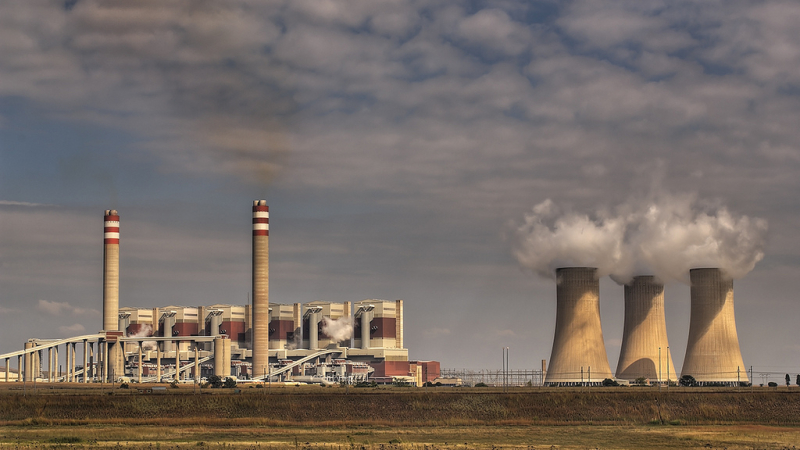- South Africa’s state owned and state run energy utiltiy, Eskom, reports that due to the shortage of generation capacity, Stage 2 loadshedding (blackouts) will be implemented from 05:00 until 16:00 today, followed by Stage 3 loadshedding until 05:00 on Tuesday.
- Thereafter, loadshedding will vary between Stages 1, 2 and 3 for the remainder of the week.
Last week, the energy availability factor of Eskom’s fleet of power stations fell further, to 54.7%. Unplanned outages have surged to their highest in 15 weeks and are currently at 17 270MW of generating capacity, including the delayed return to service of Koeberg Unit 1. The capacity out of service for planned maintenance is 5 265MW.
Approximately 5 300MW of generating capacity is anticipated to return to service this coming week. Eskom teams are working tirelessly to ensure that this additional generating units are returned to service as soon as possible.

Situated between Volksrust and Amersfoort in Mpumalanga, Majuba is Eskom’s second largest power plant with an installed capacity of 4 110MW. Eskom’s 14coal-fired power plants, with an average age of 41 years, provide 38.7 GW of the country’s 52.5 GW installed capacity. Image credit: Gavin Fordham via Flickr
Eskom’s generating plant availability reached the lowest levels ever in the 2022/23 financial year, due to unprecedented levels of unplanned unavailability from coal and nuclear power.
Another factor that contributed to the supply constraints is the fact that IPP capacity – both renewable and other programmes, such as DMRE’s Risk Mitigation IPP Procurement Programme – has not come online as expected under the IRP 2019, with an energy shortfall of more than 5 100GWh for the year, requiring increased levels of loadshedding and “overproduction” by Eskom and IPP-owned OCGTs of around 2 000GWh for the year.
Related news: South Africa’s energy procurement programme is in tatters
Additional dispatchable capacity of 4 000MW–6 000MW is required immediately, to support the stability of the power system, create space for maintenance and reduce the need for loadshedding (blackouts).
Author: Bryan Groenendaal















